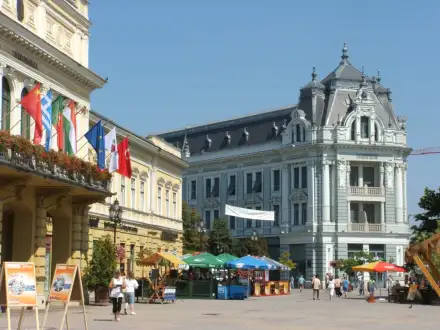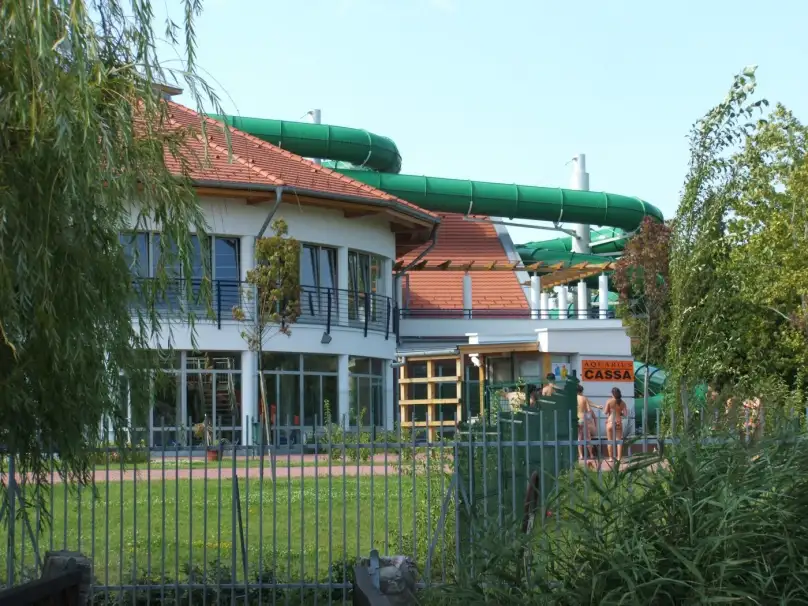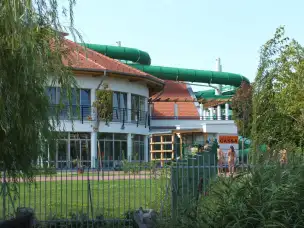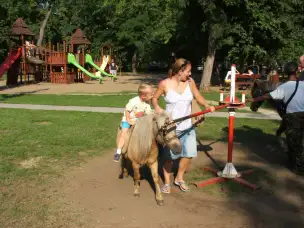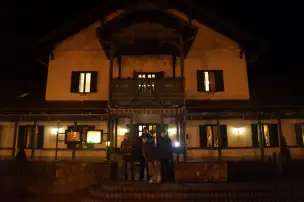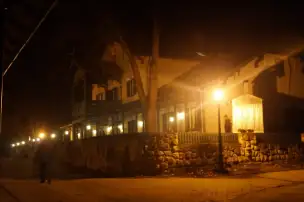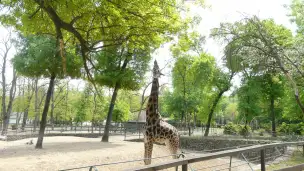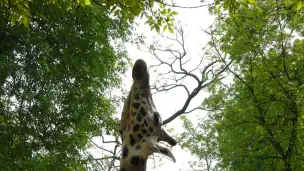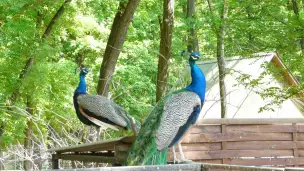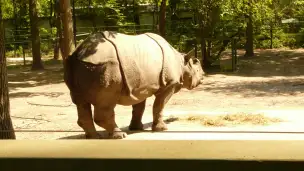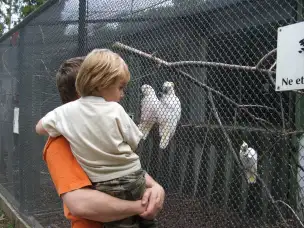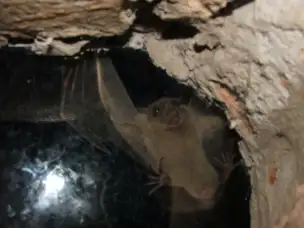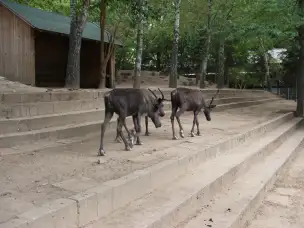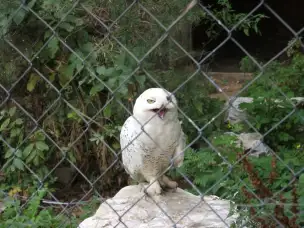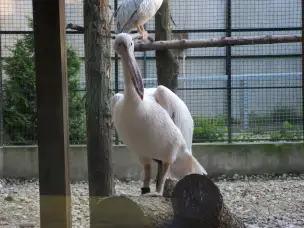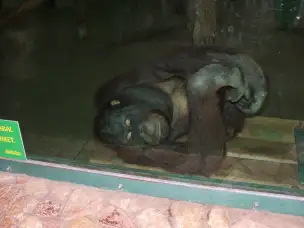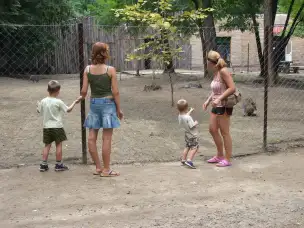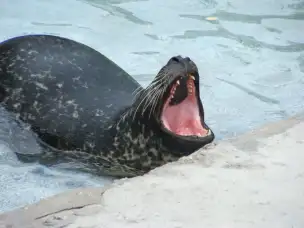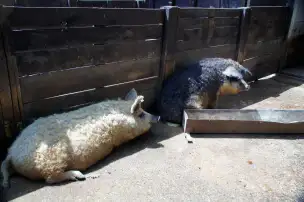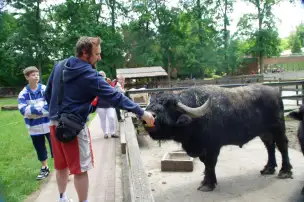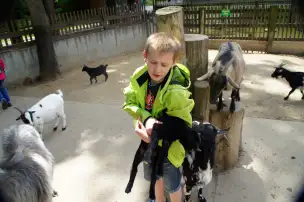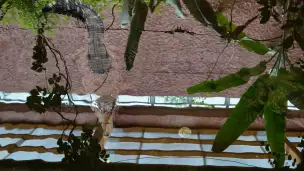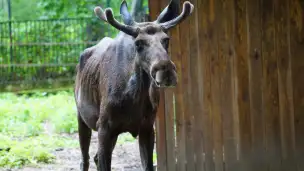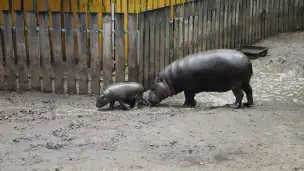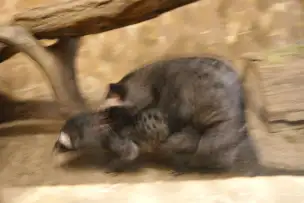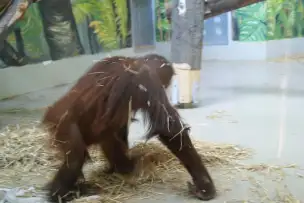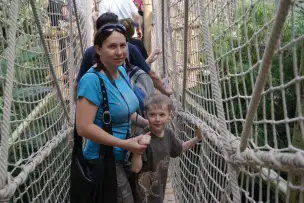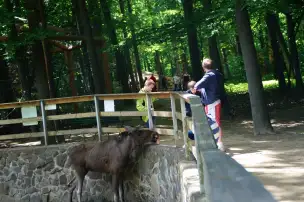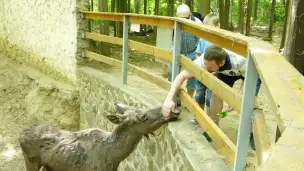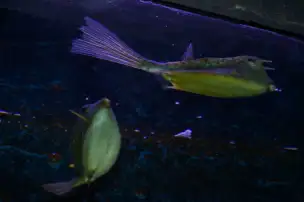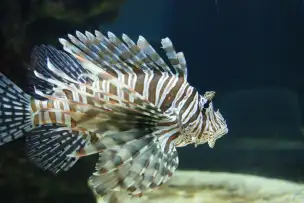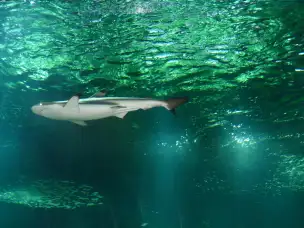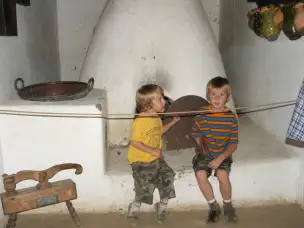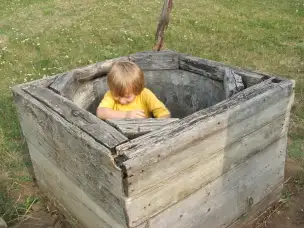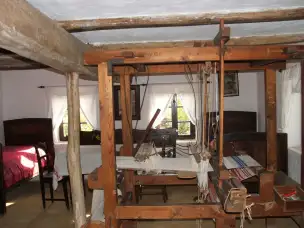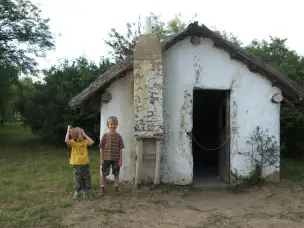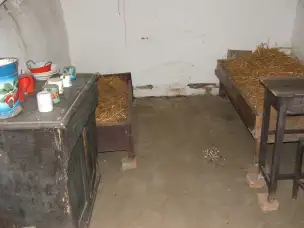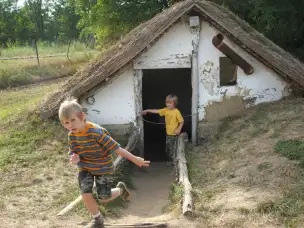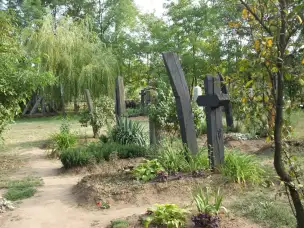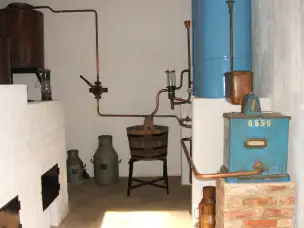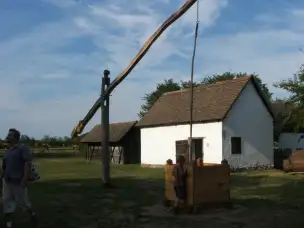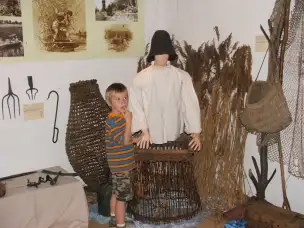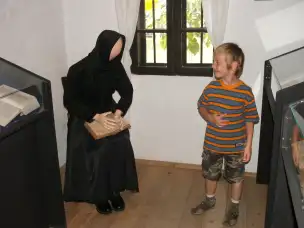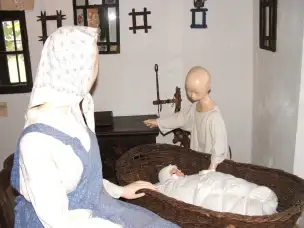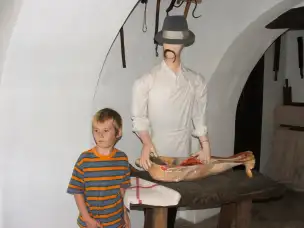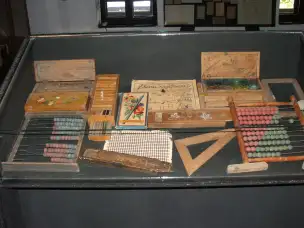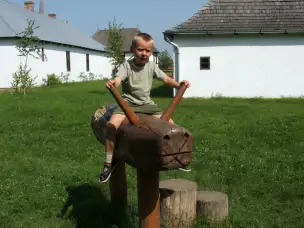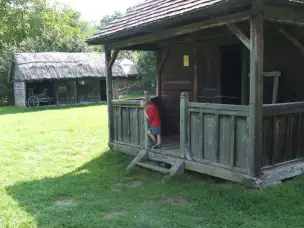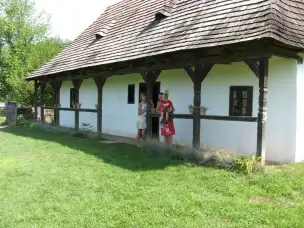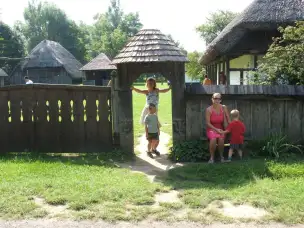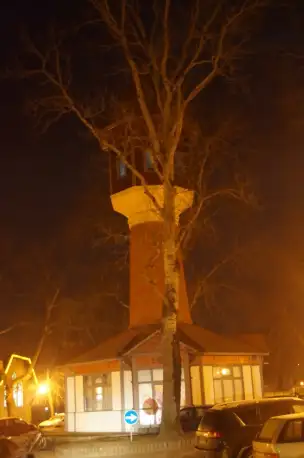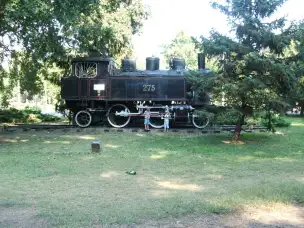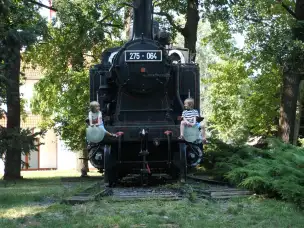A spa resort located in the northeastern part of Hungary, Sóstófürdő is best known for its hot mineral springs, which are believed to have beneficial health effects.
The 19th-century craze for balneotherapy led to the creation of many spa towns across Europe, and Sóstófürdő, situated just 5 kilometers from Nyíregyháza, is one of the products of that trend. The town owes its name to a salty lake with healing properties and an average temperature of around 26°C. In Hungarian, sós tó literally means "salt lake."
But how does Sóstófürdő differ from our own Ciechocinek?
Well, Ciechocinek is primarily a place for leisurely strolls in pleasant company — making it an ideal spot for retirees — whereas Sóstófürdő offers a much wider range of attractions.
With its aquapark and excellent zoo, the town is perfect for families, especially those with small children. If you're already at the stage of life where your children are grown and you travel only with your dog — who won’t be allowed into the zoo or aquapark — you can still enjoy the spa treatments, relaxing walks, and evening dances. So, essentially the same as in Ciechocinek.
Unlike nearby Debrecen’s Hajdúszoboszló, which has been completely taken over and annexed by Polish tourists, the crowd in Sóstó is much more diverse. Thanks to its proximity to several borders, many families from Slovakia, Romania, and Ukraine choose to spend their holidays here. And if you're worried about facing Hungarian culture and their famously difficult language — don't be. Menus, regulations, waiters, and receptionists are all equipped to handle the Polish language as well.
And one more interesting fact:
Between 1939 and 1940, Sóstófürdő was home to a refugee camp for people from the then-territory of the Polish Republic. The camp operated in the so-called Swiss House (Svájci Lak) and in the building of the former soda water factory (Hotel Fürdőház).
Sóstófürdő is a popular tourist and holiday destination, known for its beautiful parks, beach, water park, swimming pools, and spa center. Nearby, visitors can also explore valuable cultural sites such as the Sóstó Open-Air Museum, the Miniature Park, and the Sóstó Nature Reserve.
The town is especially popular during the summer season, when tourists from all over Europe come to enjoy the hot springs and relax by the lake.
Svájci Lak - The Swiss House
This building, reminiscent of mountain-style family homes, has always been used to accommodate guests. Even honorary visitors were placed here by the city’s leadership. Among its notable guests were Lujza Blaha, Krúdy, Karinthy, Mesterházy, and many other artists and politicians. The property has been welcoming guests since 1866.
Zoo in Sóstófürdő
The zoo was established in 1986 and covers an area of 30 hectares.
At the Sóstófürdő Zoo, visitors can see over 500 animals from 100 species, including African elephants, giraffes, lions, tigers, kangaroos, crocodiles, camels, monkeys, and many more. The park also features numerous attractions for children, such as playgrounds and a petting zoo where kids can get up close to the animals and feed them.
The zoo hosts various events, including animal feeding shows, bird of prey demonstrations, and educational programs for children and youth. There is also a restaurant, a souvenir shop, and the opportunity to take a horse-drawn carriage ride.
The Nyíregyháza Zoo was awarded the title of Best Zoo in Europe in 2015, 2018, and 2021 — a testament to its high standards and commitment to animal welfare.
Animal Encounters at Sóstó Zoo
Such interactions can be exciting for visitors. However, many zoos are gradually limiting or discontinuing these practices for several reasons:
- Frequent and mass human contact can be stressful for animals.
- Animals may become dependent on being fed by people and lose interest in more natural diets.
Today, such direct contact is mostly no longer allowed, and the photos showing it are already over a decade old.
Oceanarium at Sóstófürdő Zoo
The Oceanarium features a glass tunnel beneath a 500,000-liter tank, allowing visitors to observe sharks and other large fish up close.
Szabolcs Village Museum (Open-Air Ethnographic Museum)
At the Szabolcs Village Museum, visitors can explore traditional Hungarian rural homes, artisan workshops, an 18th-century church, and working farms showcasing various breeds of livestock. The museum also exhibits traditional clothing and agricultural tools and demonstrates past trades such as blacksmithing, pottery, carpentry, and weaving.
Water Tower - Nyíregyháza
Built in 1911 based on the designs of István Pázár, this water tower with a capacity of 60 cubic meters is now considered an industrial monument.
Today, it houses a tourist information center.
Historic Locomotive - MÁV 22
A historic steam locomotive displayed near the former narrow-gauge railway station in Sóstófürdő.
It was one of the most popular steam locomotive types in Hungary after World War I, manufactured at the Ganz–MÁVAG factory in Kőbánya.
